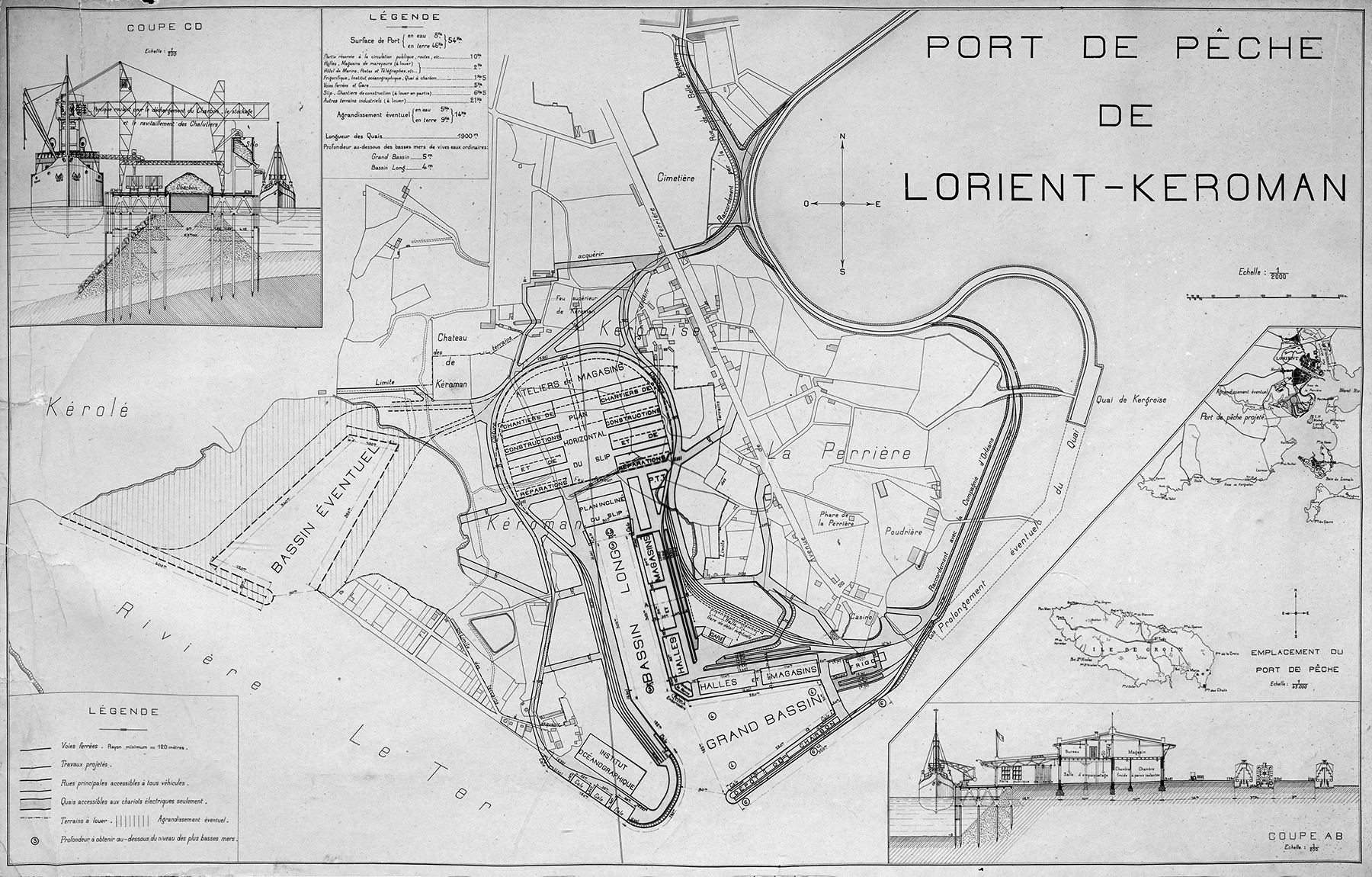Matching and Mismatching Times in the Fisheries of South Brittany
Throughout time, the human relationship with water has engendered social crises, while the response to such crises has impacted marine ecosystems. Fishing provides a livelihood and promotes economic development, yet it also requires specific architectural structures. Following the fish leads us to consider their impact on onshore construction, ranging from the development of large industrial canneries to the often-unexpected reshaping of entire marine ecosystems.
In this paper, a socioecological history of South Brittany sardines in relation to architecture is set out, elucidating the inherited relationships between marine environments and terrestrial landscapes and assessing the ecological impact of fishing structures and the natural resources they depend on. Starting with the sardine crises of the late nineteenth century, the production context of an 1887 survey focused on trawling fisheries is examined. This survey sparked the idea of building a dedicated fishing harbour to address the sardine crises. Ultimately, the dynamics triggered by the nineteenth-century canneries in South Brittany led to the establishment of novel architectural typologies, such as the experimental cold storage and fishing harbour of Lorient, built between 1918 and 1927.
From the sardine crises to the launch of Lorient’s harbour, a progressive erasure of the continuity between human communities and ecosystems is observed, with the temporal dimensions of fish and architecture seldom aligning. In this paper, architectural history is seen through a biological lens, in order to connect the complex ecology of the sea with the equally complex transformation of the built environment on land.
Click here to continue reading.
The full article is available in open access in the journal Cultural Studies.


